 Between and around the book’s hard science, the author wraps accessible and warmly told human narratives such as the tale of the dying man who on his last sea trip first realized whales communicated with each other. Thus, The Sounds of Life is filled with a certain kind of wild, brilliant charm that makes it very readable for the scientific and the nonscientific minded alike.
Between and around the book’s hard science, the author wraps accessible and warmly told human narratives such as the tale of the dying man who on his last sea trip first realized whales communicated with each other. Thus, The Sounds of Life is filled with a certain kind of wild, brilliant charm that makes it very readable for the scientific and the nonscientific minded alike.
Tag: nonfiction
A review of Dancing with the Muse in Old Age by Priscilla Long
 This compact 204-page handbook exhorts elders to manifest their creative passions, regardless of their past experience in creativity. The book is an invitation and a call to action. “Old age is a prime time to flourish in creative productivity,” Long says. “It is also a time to begin creative work.”
This compact 204-page handbook exhorts elders to manifest their creative passions, regardless of their past experience in creativity. The book is an invitation and a call to action. “Old age is a prime time to flourish in creative productivity,” Long says. “It is also a time to begin creative work.”
A review of So You Want to Live Younger Longer by Dr Norman Swan
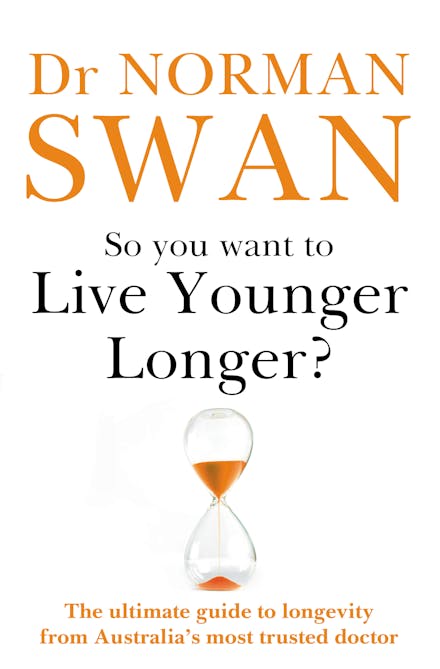 This is a book about enjoying your life with as much vigour and health as possible by making better lifestyle choice, not about living forever through a rich-person only, ageism that requires collagen injections, placental transfusions or high colonics (even if they are the secret to Keith Richards’ longevity). Of course ageing well is a privilege. Financial security along with access to high quality food makes all the difference.
This is a book about enjoying your life with as much vigour and health as possible by making better lifestyle choice, not about living forever through a rich-person only, ageism that requires collagen injections, placental transfusions or high colonics (even if they are the secret to Keith Richards’ longevity). Of course ageing well is a privilege. Financial security along with access to high quality food makes all the difference.
A review of Women Winning Office by Peggy Nash
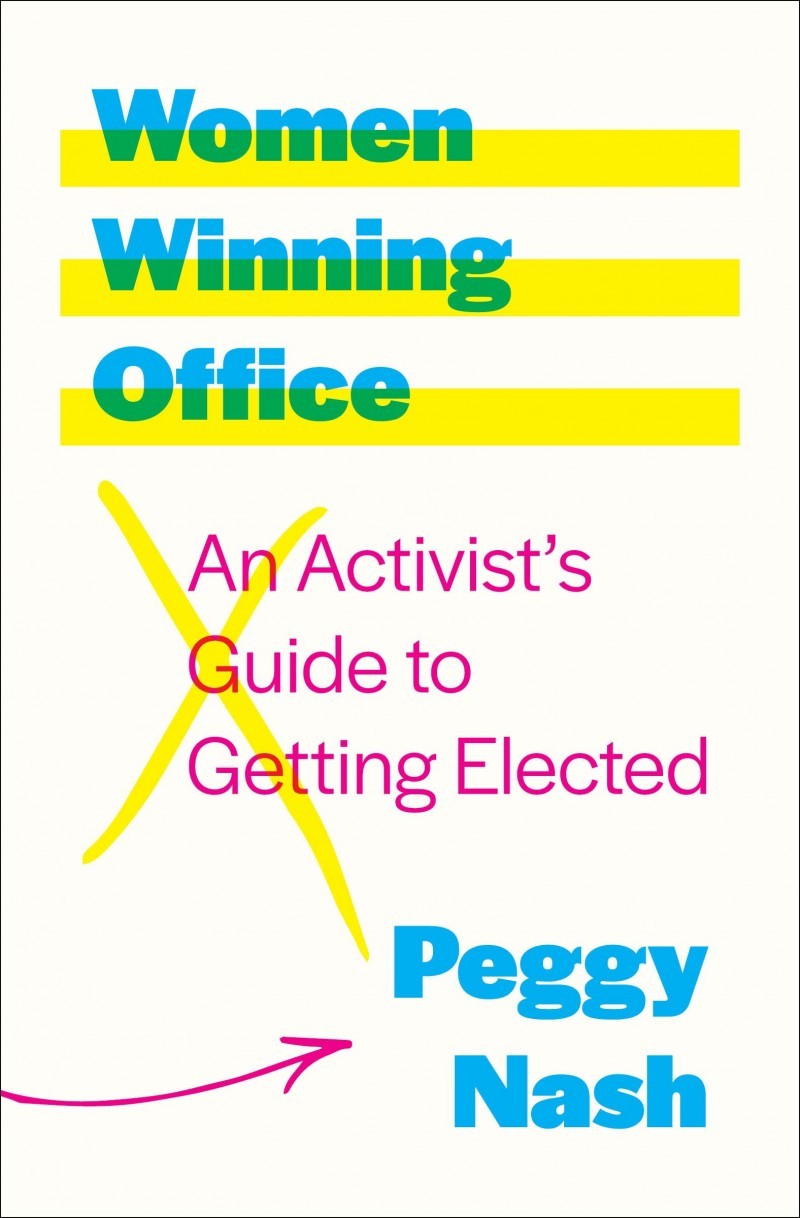 Should a woman run as an independent, or as a candidate for a recognized party? In Canadian municipal politics, everyone is an independent in theory. At the provincial and federal levels, most successful candidates have a party affiliation. Nash acknowledges that independent candidates are free of strong central control and vetting; adherence to policy and discipline, and the nomination process that a party requires
Should a woman run as an independent, or as a candidate for a recognized party? In Canadian municipal politics, everyone is an independent in theory. At the provincial and federal levels, most successful candidates have a party affiliation. Nash acknowledges that independent candidates are free of strong central control and vetting; adherence to policy and discipline, and the nomination process that a party requires
A review of The Strategic Poet edited by Diane Lockward
 Aside from the illuminating value of the poetry, these modern poems are a pleasure to read. While specifically published as a teaching tool for writers of poetry, anyone who appreciates contemporary poetry should find The Strategic Poet to be a valuable addition to a personal library. On top of everything else, it’s both a challenging and a fun book to study with, filled with insight, imagination, rewarding tasks, and exceptionally fine writing.
Aside from the illuminating value of the poetry, these modern poems are a pleasure to read. While specifically published as a teaching tool for writers of poetry, anyone who appreciates contemporary poetry should find The Strategic Poet to be a valuable addition to a personal library. On top of everything else, it’s both a challenging and a fun book to study with, filled with insight, imagination, rewarding tasks, and exceptionally fine writing.
A review of RBG A to Z by Jo Stewart
 Some tidbits are amusing: that serious-faced woman was a high school baton twirler! Her family called her Kiki. She loved a good poppy seed bagel. Ginsburg also stockpiled Notorious RBG shirts, and enjoyed giving them as gifts. One wonders if the Queen of England does the same with tea towels.
Some tidbits are amusing: that serious-faced woman was a high school baton twirler! Her family called her Kiki. She loved a good poppy seed bagel. Ginsburg also stockpiled Notorious RBG shirts, and enjoyed giving them as gifts. One wonders if the Queen of England does the same with tea towels.
A review of They Called Us Girls by Kathleen Courtenay Stone
 All in all, They Called Us Girls is a fascinating, inspiring, and well-written collection of biographies of seven exceptional women, bios told with personality and insight which bring these women and their triumphs to life. A grand celebration of women, released during March’s Women’s History Month, this is a book for men and women both to relish.
All in all, They Called Us Girls is a fascinating, inspiring, and well-written collection of biographies of seven exceptional women, bios told with personality and insight which bring these women and their triumphs to life. A grand celebration of women, released during March’s Women’s History Month, this is a book for men and women both to relish.
A review of The Tramp in British Literature, 1850-1950, by Luke Lewin Davies
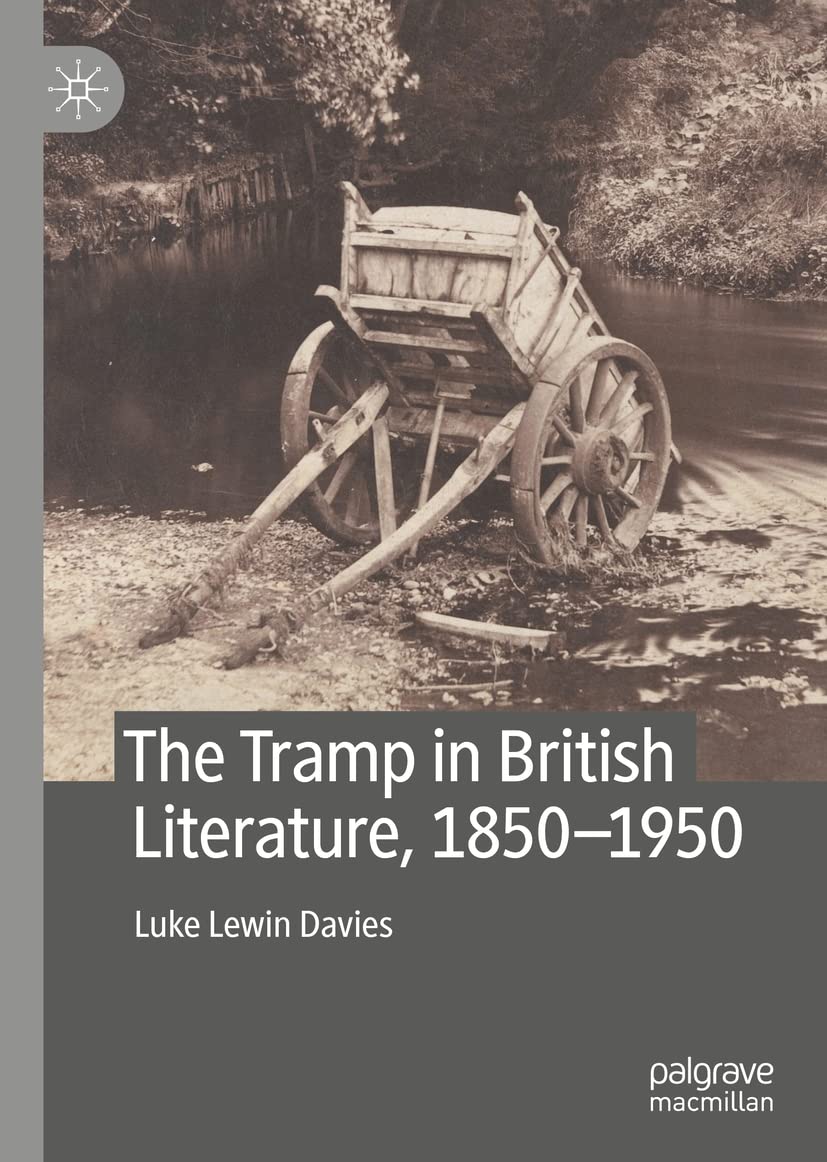 Having published a book on fifteen (American, British and Irish) tramp writers, although devoting an entire chapter to each, after reading Davies’ book I was left feeling that I had only scratched the surface of this fascinating and under researched phenomena (Davies identifies thirty-three British tramp memoirists alone). I will have to read this book more than once to fully appreciate its scope and content, including the countless delightful anecdotes from the subject’s of Davies curiosity.
Having published a book on fifteen (American, British and Irish) tramp writers, although devoting an entire chapter to each, after reading Davies’ book I was left feeling that I had only scratched the surface of this fascinating and under researched phenomena (Davies identifies thirty-three British tramp memoirists alone). I will have to read this book more than once to fully appreciate its scope and content, including the countless delightful anecdotes from the subject’s of Davies curiosity.
A review of This Dark Country: Women Artists, Still Life and Intimacy in Early C20 by Rebecca Birrell
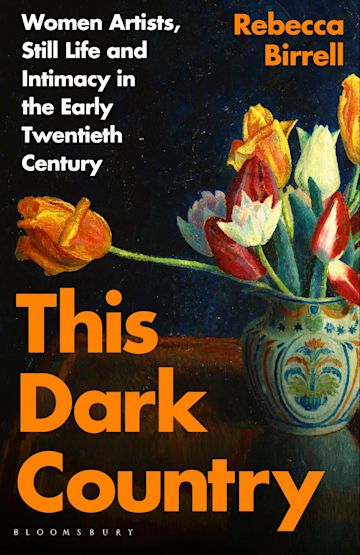 I adore this book, particularly as, growing up with a very creative single mother, I have intimate memories of spending one weekend where she, my brother and I painted all the bath panels, doors and cupboards of one of our houses with mermaids, nudes and still-lifes, inspired by the Charleston Homestead. I was enthralled from a young age with the worlds these femme artists created, their dreaminess and boldness to go against the grain of strict class, sexuality and gender expectations.
I adore this book, particularly as, growing up with a very creative single mother, I have intimate memories of spending one weekend where she, my brother and I painted all the bath panels, doors and cupboards of one of our houses with mermaids, nudes and still-lifes, inspired by the Charleston Homestead. I was enthralled from a young age with the worlds these femme artists created, their dreaminess and boldness to go against the grain of strict class, sexuality and gender expectations.
A review of Free Rose Light by Mary O’Connor
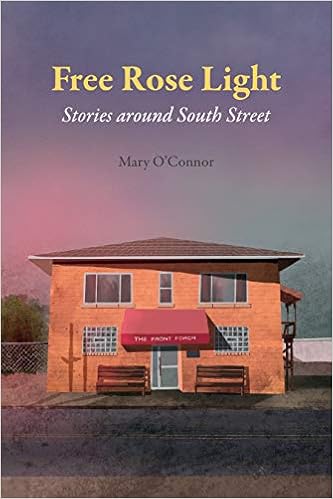 Mary O’Connor may have made her career as an architect, but her debut book shows her to be one heck of a writer. Her prose is tight, well-paced, and often exquisite. She balances fact and emotion with perfect precision, using a blend of memoir, reportage, biography, and social history to make Free Rose Light a rich and creative book that is both about its subject and transcendent.
Mary O’Connor may have made her career as an architect, but her debut book shows her to be one heck of a writer. Her prose is tight, well-paced, and often exquisite. She balances fact and emotion with perfect precision, using a blend of memoir, reportage, biography, and social history to make Free Rose Light a rich and creative book that is both about its subject and transcendent.